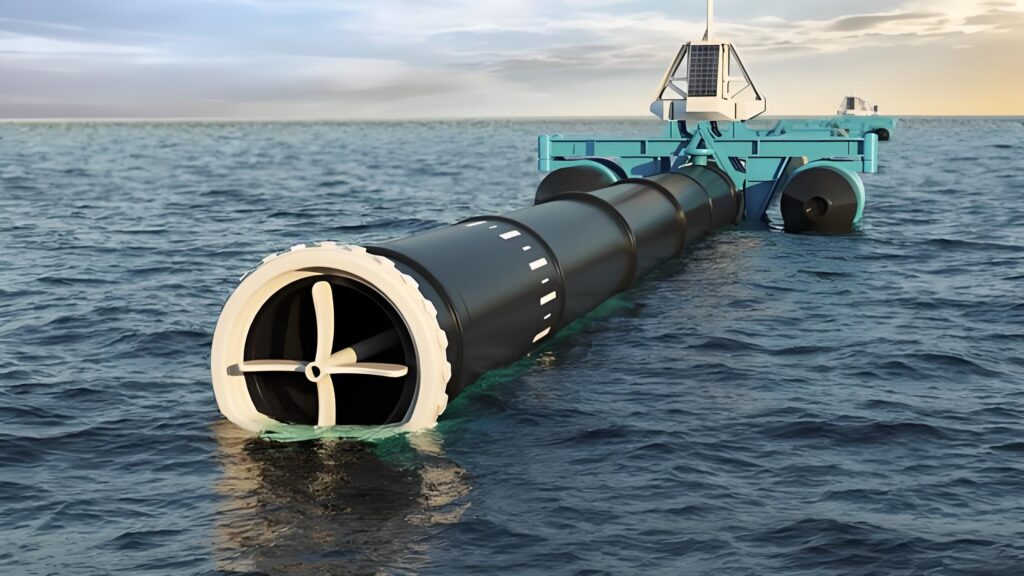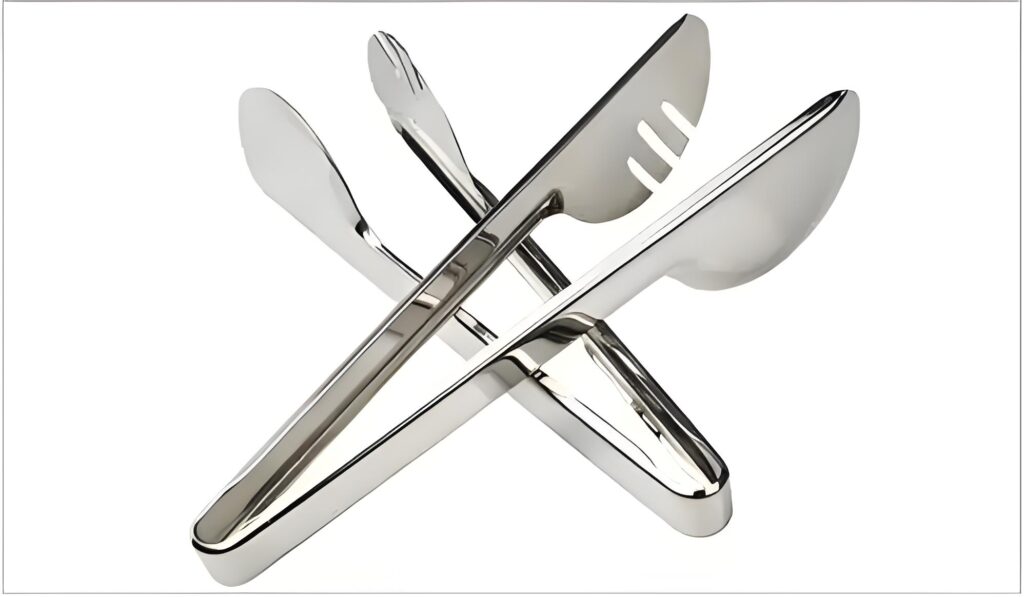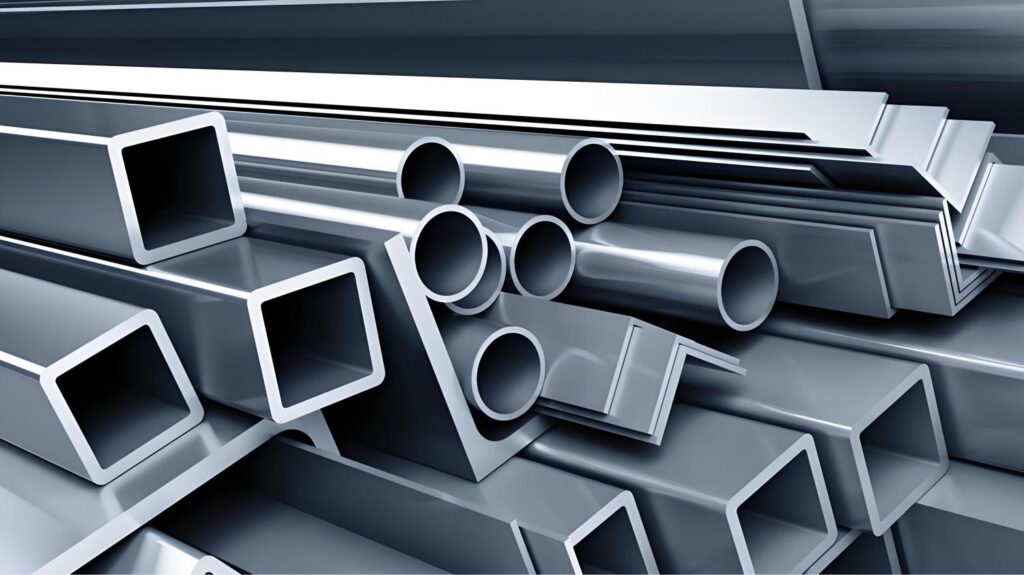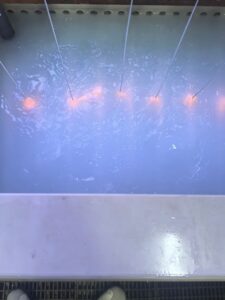Austenitic stainless steel, as one of the materials with durability, corrosion resistance and high performance, has become the most advantageous choice. Whether you’re in manufacturing, construction, food processing, or even medical equipment, chances are you’ve come across this versatile alloy. But what makes it so special? Why is it the preferred choice across so many industries?
This article provides a clear and friendly overview of austenitic stainless steel, exploring its composition, characteristics, applications, and how it compares with other stainless steels like martensitic stainless steel. By the end, you’ll understand why this material is so popular
What is Austenitic Stainless Steel?
Austenitic stainless steel is one of the most commonly used categories of stainless steel. It gets its name from its crystal structure—austenite, a non-magnetic phase of iron stabilized by elements like nickel and nitrogen.
These steels are known for their excellent corrosion resistance, good formability, and superior mechanical properties, which make them ideal for a wide range of applications. Unlike carbon steel, which can rust easily, stainless steel austenitic grades resist oxidation and degradation even in harsh environments.
Austenitic stainless steels are classified under the 300 series (e.g., 304, 316) and include super austenitic stainless steel grades such as 904L, known for enhanced corrosion resistance in extreme conditions.
What Is Austenitic Stainless Steel Made Of?
The unique characteristics of austenitic stainless steel come from its chemical composition. Here’s a breakdown of the key alloying elements typically found in austenitic stainless steel:
- Iron (Fe): The base element of all steel.
- Chromium (Cr): Provides corrosion resistance by forming a passive oxide layer.
- Nickel (Ni): Stabilizes the austenitic structure and improves ductility and toughness.
- Molybdenum (Mo): (In some grades) Enhances resistance to pitting and crevice corrosion.
- Carbon (C): Present in low amounts to retain toughness and formability.
- Manganese (Mn), Silicon (Si), Nitrogen (N): Secondary elements for specific property enhancements.
Examples of Austenitic Stainless Steel Grades:
- 304 Stainless Steel (most common):
- ~18% Cr, ~8% Ni — general-purpose, good corrosion resistance
- 316 Stainless Steel:
- ~16% Cr, ~10% Ni, ~2% Mo — more resistant to chlorides and marine environments
Austenitic Stainless Steel Properties

One of the reasons austenitic stainless steels are so widely used is due to their exceptional combination of mechanical and chemical properties. Here are the standout characteristics:
Corrosion Resistance
Austenitic stainless steels are naturally resistant to rust and corrosion due to their high chromium and nickel content. This makes them ideal for use in environments exposed to moisture, acids, and salts.
Mechanical Strength
These steels are strong yet formable. They exhibit good tensile strength (typically 500–750 MPa) and elongation, which means they can withstand stress and deformation without breaking.
Ductility and Toughness
They can be bent, rolled, or stretched without cracking, making them suitable for complex machining and forming processes. Their toughness remains high even at cryogenic temperatures.
Weldability
Austenitic stainless steel welding is relatively straightforward compared to other stainless steel types, thanks to their low carbon content. This minimizes the risk of carbide precipitation and intergranular corrosion.
Work Hardening
Austenitic grades work harden quickly, which means their strength increases with cold working. This feature can be leveraged in applications requiring enhanced strength.
Hygiene and Aesthetics
Due to their smooth surface and clean finish, they are ideal for food-grade applications and architectural design.
Is austenitic stainless steel magnetic?
The answer is: not in its annealed (softened) condition. Austenitic stainless steels are non-magnetic due to their crystal structure.
However, after cold working (bending, machining, or shaping), austenitic stainless steel may exhibit partial magnetism. This is due to the formation of martensitic structures during deformation.
So, while your stainless steel kitchen sink (usually made from 304) may not attract a magnet when new, it might show slight magnetic properties after years of use.
Austenitic Stainless Steel Hardness
In its annealed condition, austenitic stainless steel typically has a Brinell hardness around 150–200 HB. While it’s not as hard as martensitic grades, it compensates with ductility and corrosion resistance.
However, through cold working, the hardness can be significantly increased. For instance, heavily cold-worked 304 stainless steel can reach over 300 HB, making it suitable for wear-prone environments.
Austenitic Stainless Steel Melting Point
The melting point of austenitic stainless steels generally falls in the range of 1,400°C to 1,450°C (2,552°F to 2,642°F), slightly lower than that of pure iron due to the presence of alloying elements.
This relatively high melting point means austenitic stainless steel maintains its structure and performance under high-temperature conditions, such as those found in furnaces or exhaust systems.
However, prolonged exposure to temperatures above 870°C (1600°F) can lead to oxidation unless the correct austenitic stainless steel heat treatment or alloy grade is selected.
Austenitic Stainless Steel Grades
Here’s a closer look at some common austenitic stainless steel grades and their typical applications:
- 304/304L: General-purpose grade, widely used in household and industrial items.
- 316/316L: Marine-grade steel, superior in saltwater and chloride environments.
- 321: Offers improved resistance to intergranular corrosion after welding.
- 310: High-temperature applications like kilns and furnace parts.
- 904L: A super austenitic stainless steel designed for aggressive corrosion environments such as sulfuric acid plants.
These grades are available in various forms, such as sheets, coils, pipes, and austenitic stainless steel bar stock for machining.
Austenitic vs Martensitic Stainless Steel
When comparing austenitic and martensitic stainless steels, there are several key differences to consider:
| Feature | Austenitic Stainless Steel | Martensitic Stainless Steel |
| Structure | Face-centered cubic (FCC) | Body-centered tetragonal (BCT) |
| Magnetic? | Non-magnetic (usually) | Magnetic |
| Corrosion Resistance | Excellent | Moderate |
| Hardness | Can be work-hardened | Can be heat-treated for hardness |
| Applications | Food, pharmacy, architecture | Cutlery, tools, turbine blades |
Martensitic stainless steels (like 410, 420, 440C) are harder and more brittle, while austenitic steels are more corrosion-resistant and ductile.
What Are the Applications of Austenitic Stainless Steel?

Thanks to their versatile properties, austenitic stainless steel examples are found in nearly every industry:
Food and Beverage
Used in kitchen equipment, brewing tanks, dairy machinery, and processing lines for its cleanliness and corrosion resistance.
Medical and Pharmaceutical
Utilized in surgical instruments, implants, and processing equipment for its hygiene and biocompatibility.
Chemical and Petrochemical
Super austenitic stainless steel like 904L is employed in chemical plants and refineries where extreme corrosion resistance is needed.
Construction and Architecture
From building facades to handrails, the aesthetic and weather-resistant properties of austenitic stainless steels make them ideal for modern design.
Automotive and Aerospace
Exhaust systems, engine components, and structural parts benefit from the metal’s strength and high-temperature resistance.
Marine and Offshore
Due to their saltwater resistance, austenitic stainless steels are extensively used in shipbuilding, offshore rigs, and subsea components.
Why Precionn Trusts Austenitic Stainless Steel
At Precionn, we understand the demands of industries that require materials capable of withstanding extreme conditions while delivering precision and performance. That’s why austenitic stainless steel is one of the core materials we work with.
Our expertise in precision machining allows us to handle austenitic stainless steel bars, plates, and custom components with accuracy and efficiency. From prototype to high-volume production, we deliver solutions tailored to sectors like medical devices, energy systems, and industrial machinery.
Whether you need complex geometries, tight tolerances, or durable finishes, Precionn brings years of experience and a commitment to quality that ensures your components perform reliably—no matter the challenge.




